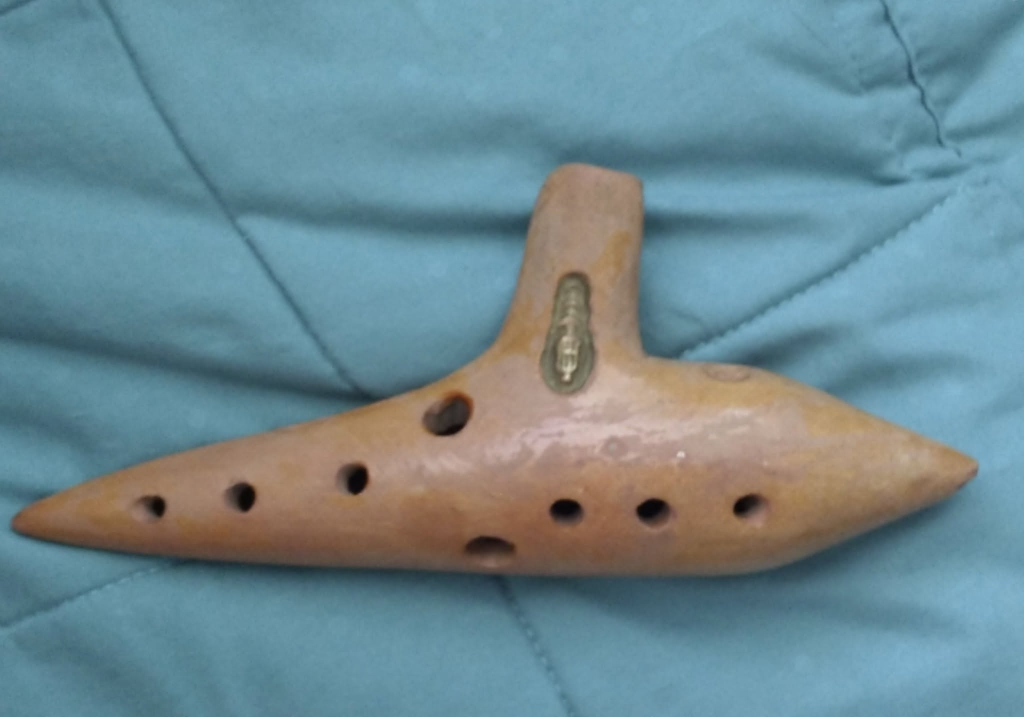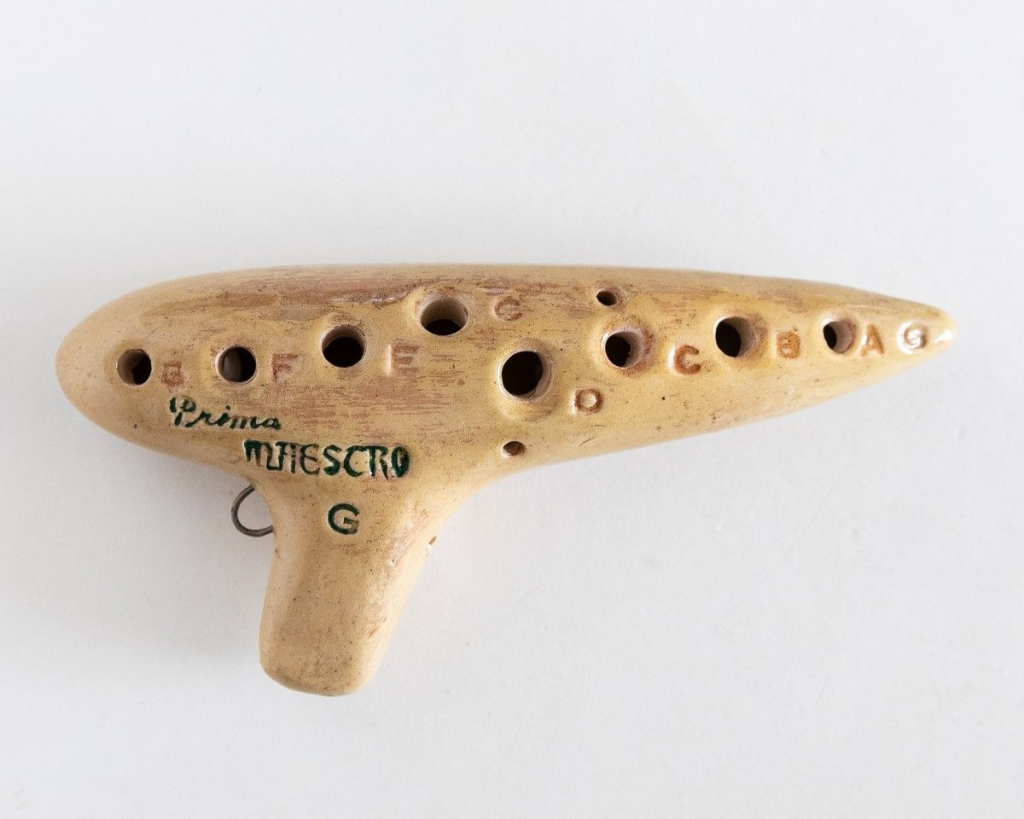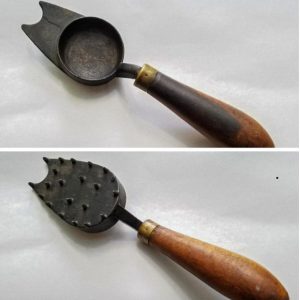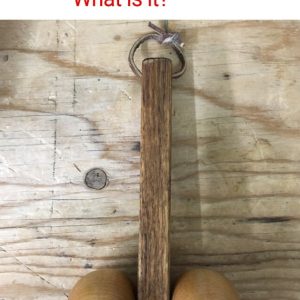We’ve all had those days when we wander into a thrift shop with little to no expectation. Most of the time, you leave with nothing more than the memory of dusty shelves and forgotten knick-knacks. But every so often, luck smiles on you. That’s exactly what happened when I stumbled upon what looked like an odd ceramic trinket shaped vaguely like a submarine. At first glance, it seemed like little more than a quirky decoration—something you’d see once, chuckle at, and put back. But curiosity made me flip it over, and that’s when everything changed.

The Hidden Inscription
Etched into the base were the words: “Ant. Canella Ferrara, Italy.” Instantly, it felt different. This wasn’t just some cheap novelty item—it had character, age, and a story hidden within its glaze. The price? A single dollar. Without hesitation, I brought it home, not yet realizing that this one-dollar curiosity would lead me down a fascinating path.
Uncovering the Ocarina’s History
After a bit of research, I discovered my so-called “potato whistle” was actually an ocarina, a centuries-old wind instrument with roots across cultures—from ancient China to Mesoamerica. The version I held in my hands traced back to Italy in the mid-1800s, when Giuseppe Donati in Budrio popularized the sweet-potato-shaped design still recognized today.
Video: Song of Time on Ocarina
Ferrara, the very city stamped on my find, became a hub for ocarina craftsmanship. And Antonio Canella, whose name was engraved on mine, was among the respected artisans known for producing instruments with a timeless blend of beauty and sound. Collectors and musicians alike hold his work in high regard.
The Artistry of Antonio Canella
My discovery was a ten-hole transverse ocarina, ceramic with a deep brown glaze and a subtle golden stamp. The instrument had a weight and texture you could only associate with something handmade. It wasn’t flawless—tiny imperfections gave it character—but that’s the charm of a crafted piece versus a mass-produced copy.
When I played it, the sound surprised me. It wasn’t sharp or piercing like a whistle. Instead, it carried an airy, hauntingly beautiful tone that felt as though it had traveled through time. The music it created was ethereal—soft, nostalgic, almost dreamlike.
From Dollar Find to Collector’s Treasure

What truly shocked me was the value. Antonio Canella ocarinas, depending on condition, can sell anywhere from $30 to over $100, with pristine or rare models fetching even more. For just one dollar, I had unknowingly walked out of the thrift store with a functional instrument, a collector’s item, and a piece of cultural history all in one.
But beyond the monetary value, there’s something priceless about owning such an object. It bridges the gap between art and utility, between history and the present. Each note played feels like a whisper from the past, a reminder of traditions that continue to inspire musicians today.
Why the Ocarina Stands Out
What sets the ocarina apart from other instruments is its ability to evoke emotion with simplicity. Unlike a flute or recorder, its tone isn’t harsh—it’s warm, soothing, and almost childlike in its innocence. The sound feels like a memory wrapped in music, something deeply personal and universally relatable.
And perhaps just as fun, the ocarina is a conversation starter. Show it to anyone, and you’ll hear the same curious questions: “Is that from Zelda?” or “How old is it?” Suddenly, your little ceramic treasure becomes the centerpiece of a story worth sharing.
The Lesson Hidden in a Dollar
Video: History of the Ocarina – Music Archaeology
So, should you pick up an ocarina if you ever see one—especially one marked “Ant. Canella Ferrara, Italy”? Without a doubt. Whether you’re a musician, a collector, or simply someone who appreciates unique finds, it’s worth every penny. You can display it, play it, or pass it on as a conversation piece.
That day at the thrift shop reminded me of something important: sometimes the greatest treasures are hiding where you least expect them. What seems like junk at first glance might actually hold a story, a legacy, and a beauty waiting to be rediscovered.
Conclusion
My one-dollar thrift store purchase wasn’t just an accidental bargain; it was a window into music, tradition, and craftsmanship. What I thought was junk turned out to be a hidden gem—a handmade instrument with a hauntingly beautiful voice and a story spanning centuries. And isn’t that the real joy of discovery? Every now and then, life hands us little reminders that beauty, history, and value can be found in the most unexpected places—you just have to keep your eyes open.


